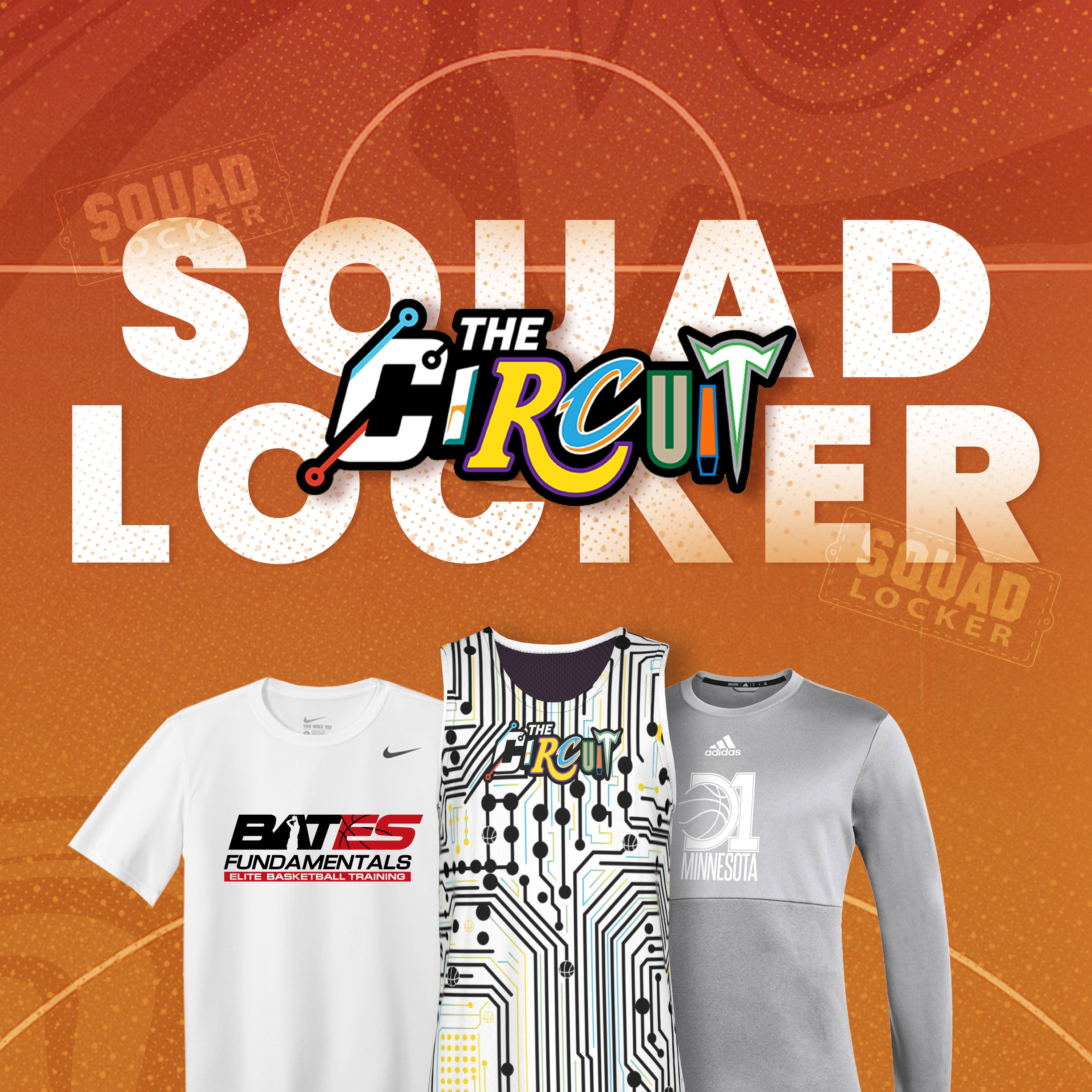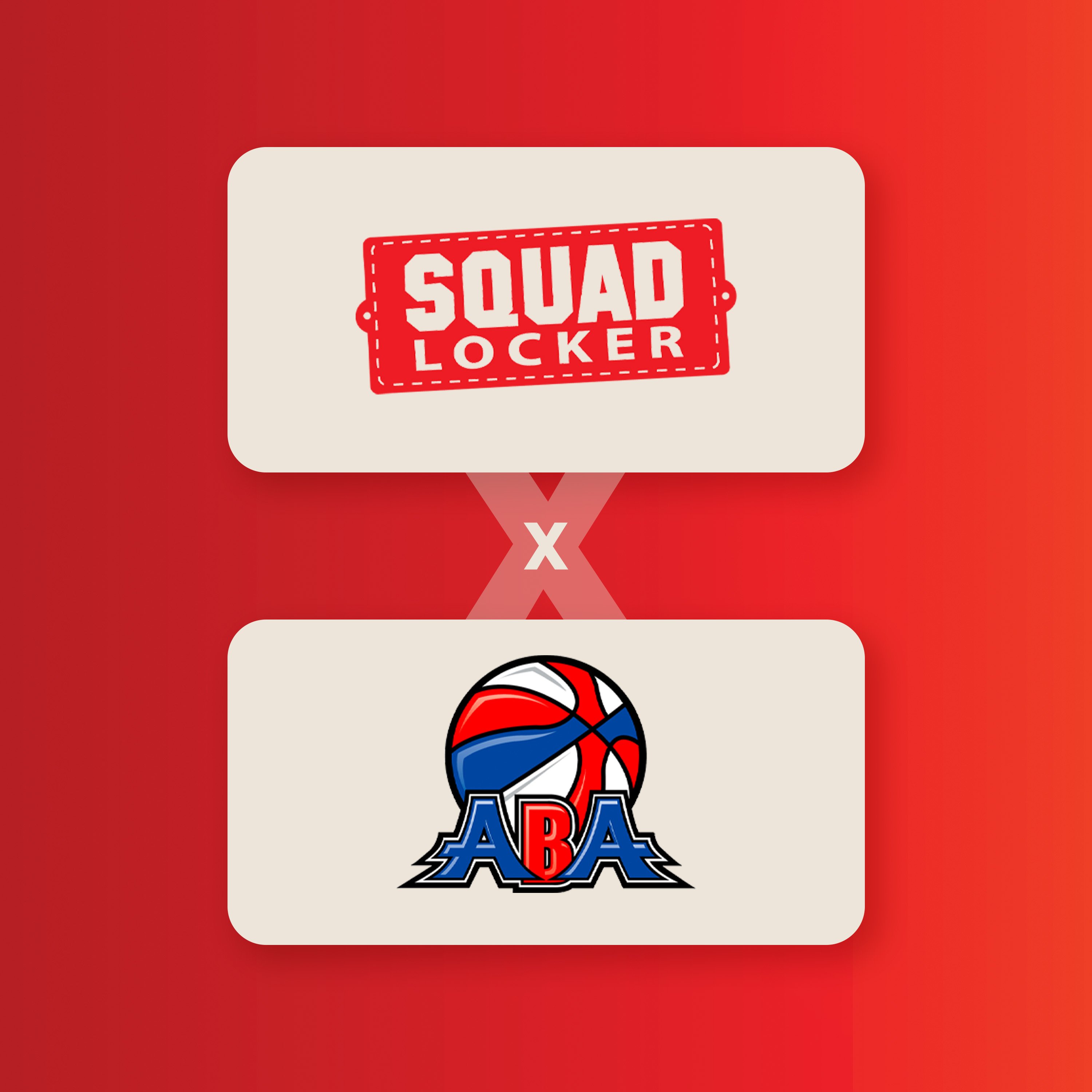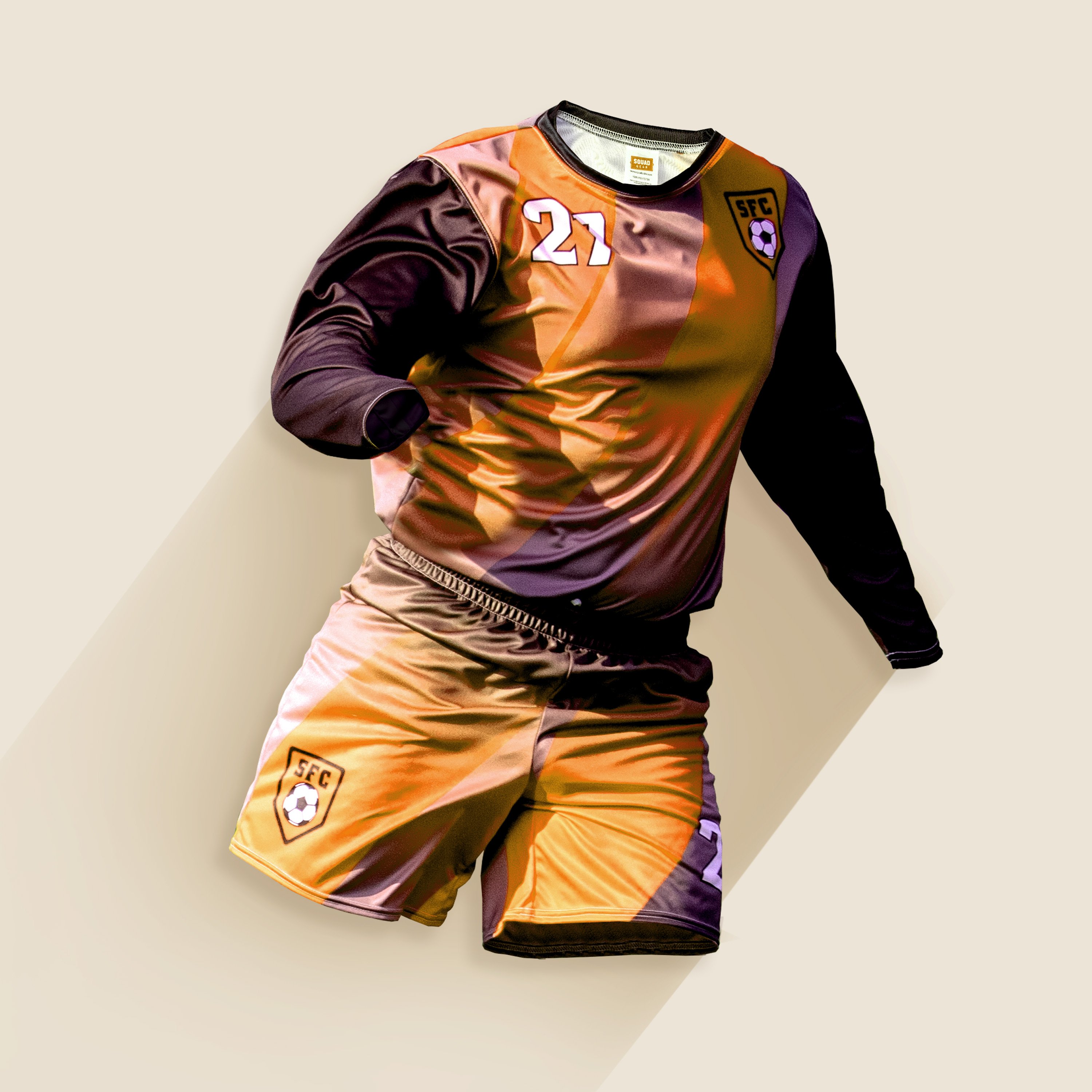We’re still all in this together. Good thing, because dealing with COVID-19 is definitely a team sport.
You’re tracking the rules that apply to sports teams returning to play in your state and community. You’ve met with your organization’s attorney to discuss how you should address COVID-19 related risks and liabilities. Now it’s time to create your Return to Play Playbook. This document should describe in detail how you plan to practice and play -- the protocols to be followed by coaches, players, spectators and others.
It has to be detailed because everyone involved must clearly understand what’s expected of them and what’s at stake if they don’t comply. You (and your community) can’t afford ignorance of the rules or haphazard execution of the practices you set, because no one wants to get or spread coronavirus.
Meet your new coach: SquadLocker Return to Play Guide
SquadLocker has partnered with the PLAY Sports Coalition to produce a comprehensive guide that youth sports organizations can follow as you work to define your own operating specifics. The guide draws heavily from CDC information and recommendations, so you can be confident it is accurate and up to date. The guide is free, and you can download it here. To get you started, here’s an overview of key operating considerations:
Your level of safety risk
By nature, team sports present some barriers to physical distancing.
- How many players are there?
- How old are they? (Youngsters may need extra monitoring and reminders about new rules.)
- How long are they typically close to each other or staff?
- How much equipment and gear has to be shared, versus which items can brought and used by individual players?
- How can you establish appropriate distancing for non-players in the dugout, on the sidelines, and during practices?
- Do you have participants at higher risk for COVID-19?
- Should you limit presence of non-essential visitors?
- Should you limit or eliminate travel?
Because every sport functions differently, the PLAY Sports Coalition guidelines offer sport-specific suggestions you can adopt to reduce contact or exposure among players and personnel during games. For example:
- Baseball’s umpire could be re-positioned behind the pitcher’s mound, and players could stop throwing “around the horn” to warm up.
- Football coaches could call plays from the sideline rather than forming a team huddle, and more footballs could be used to facilitate disinfecting them more often.
- Field hockey could limit rosters to actual participants, or require coaches to stay within the designated bench area.
You get the idea. For all sports, the Coalition recommends considering electronic or handheld whistles.
Behaviors that reduce virus spread
- When should people stay home?
- Hand hygiene
- Respiratory etiquette – spitting is out, cloth face masks are in (which is why all our SquadLocker 2020 Essential Player packs include a mask)
- What supplies will you need to have on hand?
Healthy operations
- Who will be your point person for COVID-19, so everyone knows who to contact with questions or problems?
- How will you protect players or staff who are higher risk?
- Can you break up players/staff into small groups to practice or use locker rooms together, to limit exposure?
- Can you stagger arrival times or locations for these groups to further limit exposure?
- How can you continue to use the no-contact techniques you’re now using for meetings, etc.?
- How should people self-report new symptoms, positive COVID-19 test results, or exposure within the past 14 days to someone with the disease? How will you notify others in your organization as well as government health officials of this incident? Confidentiality laws apply here.
- You’ll need to train coaches and staff about your new protocols as well as how to recognize signs and symptoms or COVID-19.
- You’ll need a sick leave policy and return-to-work plan specific to COVID-19, and a back-up staffing plan.
What if someone gets sick in your organization?
- How will you transport them with exposing anyone else?
- How will you clean and disinfect the area?
- It’s best to create a written emergency plan anyone can access immediately if needed.
Oversight
In addition to appointing a COVID-19 point person, you may want to create a team responsible for oversight as you move forward, to be sure your YSO is complying with official health and safety requirements and that your players and personnel are complying with your operating procedures.
The goal of youth sports is always fun. But this year it won’t be fun if people get sick. With a playbook based on well-considered operation protocols, your organization can keep the fun in your games, knowing you’re doing everything you can to stay safe and that you’re ready to do more, or something different, if things change.
Share this Story










